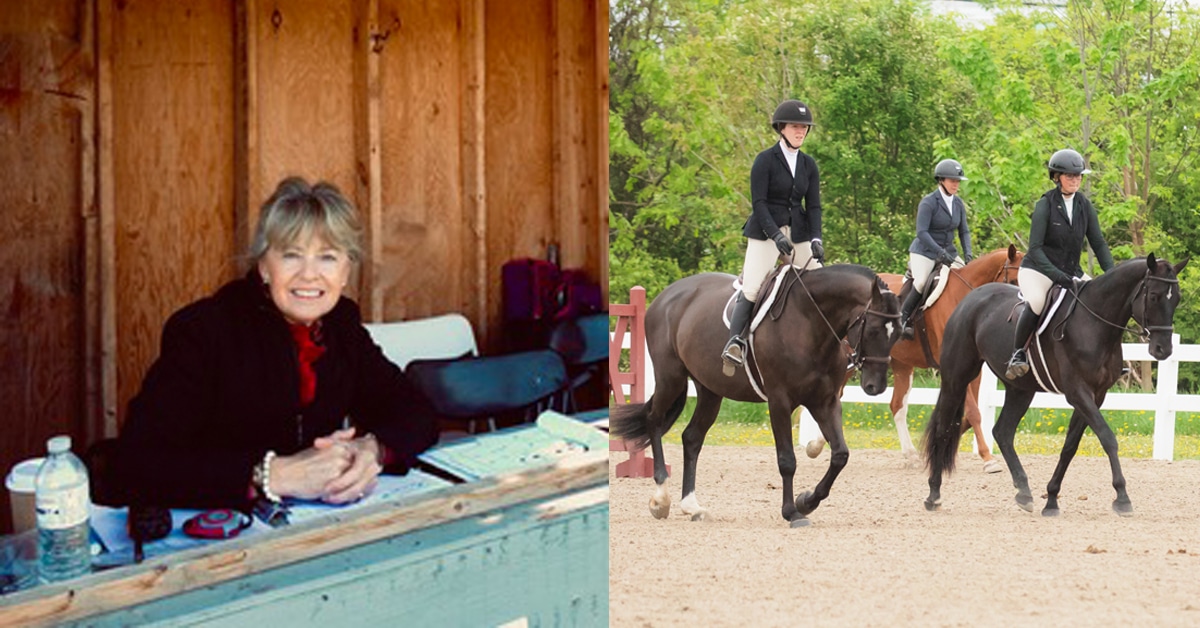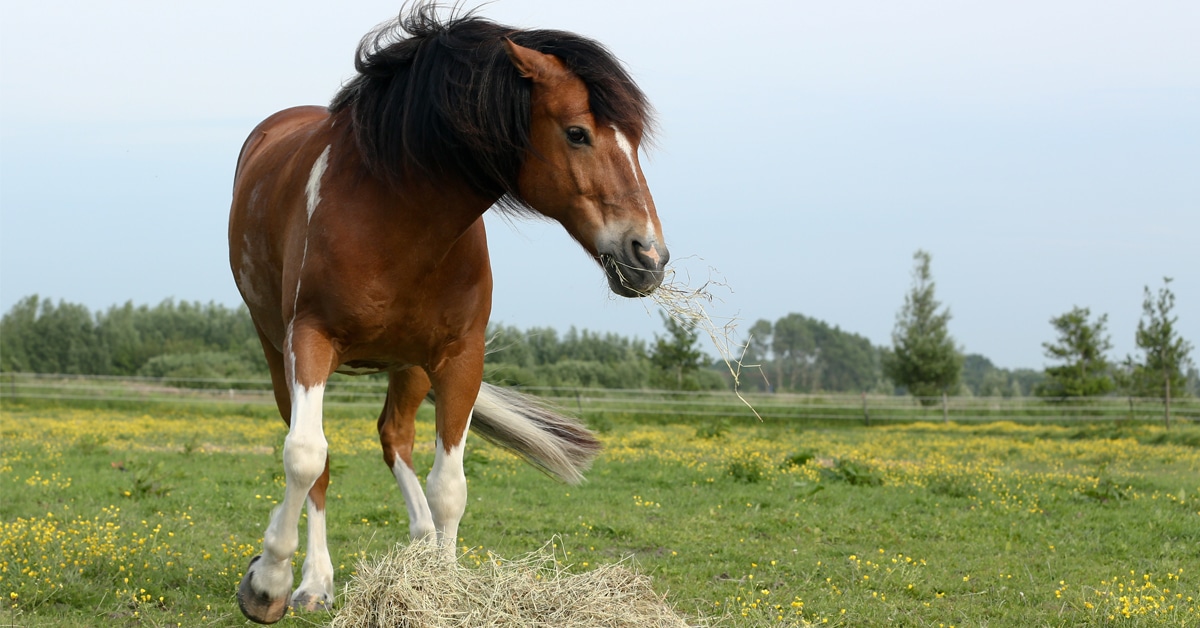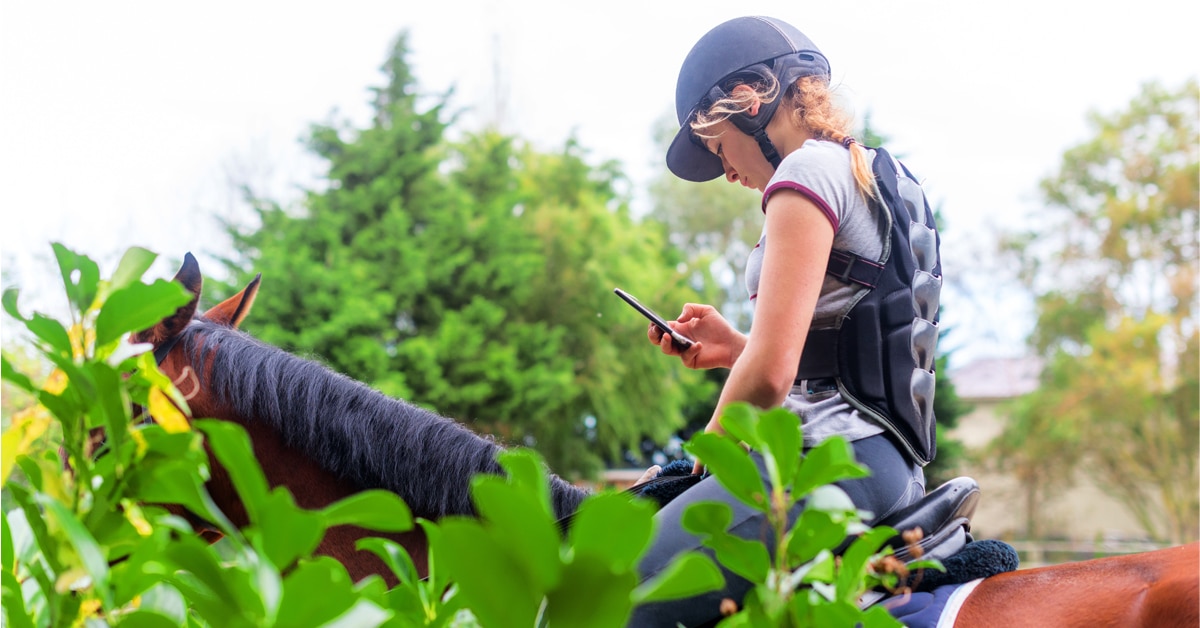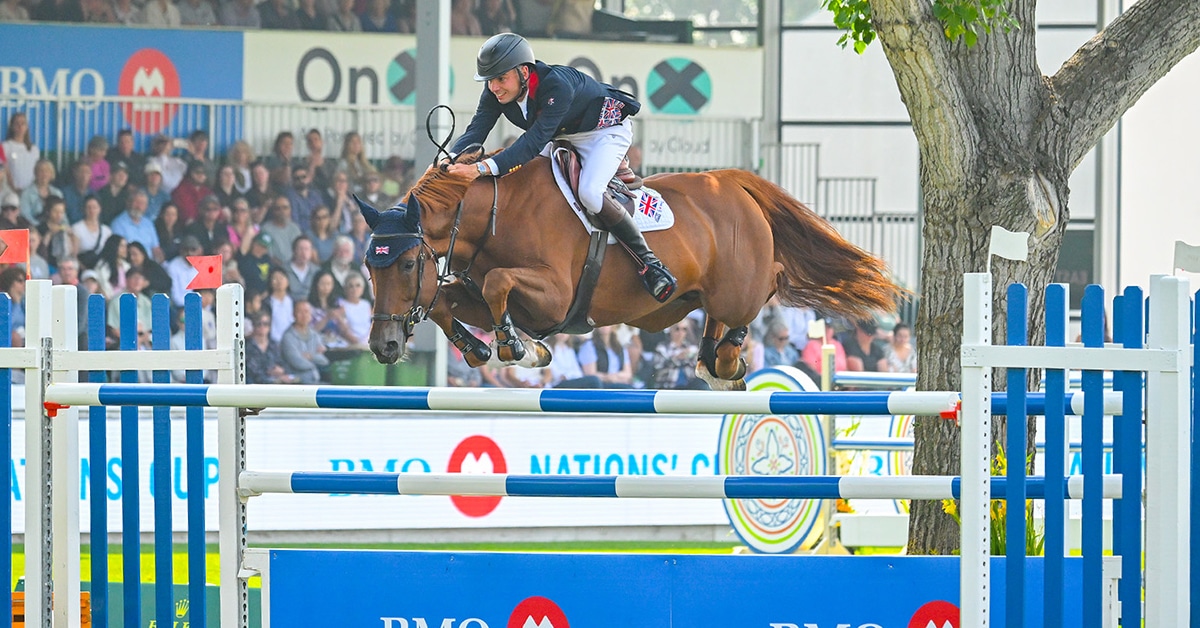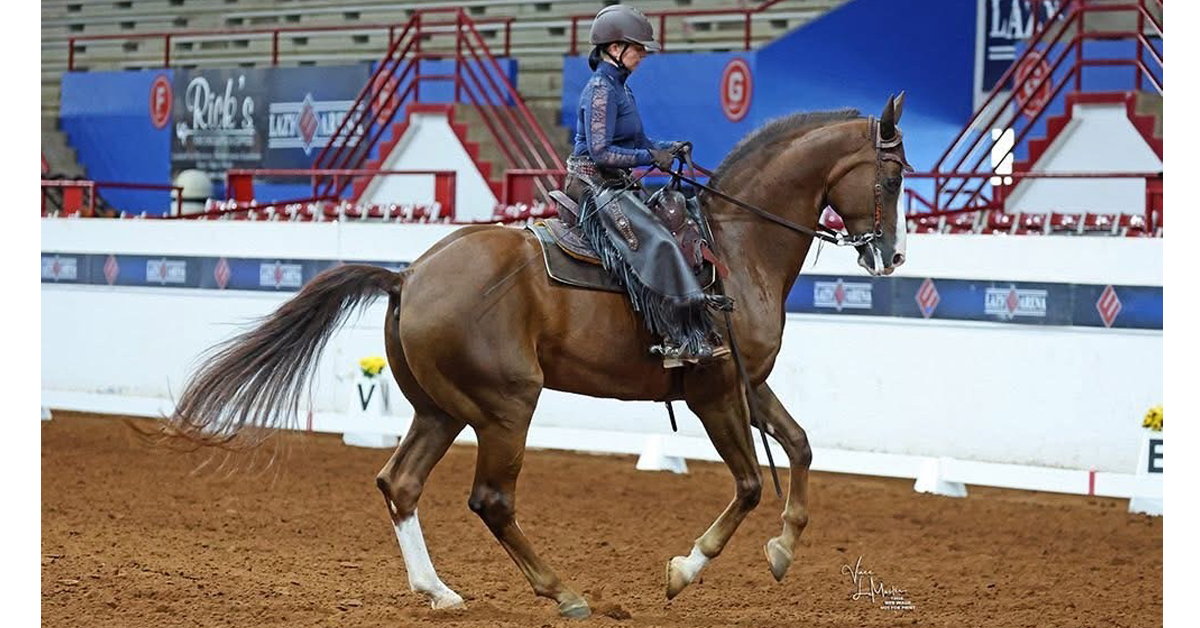Following is a synopsis of a presentation from the International Society for Equitation Science conference entitled “A Good Life for Horses” presented by ISES in New Zealand in March 2024. Angelo Telatin, Aliyah Sjoberg and Elizabeth Greene of the Delaware Valley University in the US presented their research involving a unique way of dealing with an incompatible behaviour – specifically sidling or swinging away from the mounting block during mounting – to improve rider safety and equine welfare. While their research focussed on lesson horses, it can apply to any horse that makes mounting difficult.
Lesson horses that exhibit avoidance behaviours at the mounting block (e.g., moving away/refusing to stand for mounting) may receive excessive corrective measures (e.g., jerking of the reins, yelling) due to rider frustration. Often, these behaviour patterns persist, since they are inappropriately rewarded by either a wrong sequence of negative reinforcement (e.g., rein pressure), or ineffective attempts at positive reinforcement (e.g., offering a treat from the nearside, with the result that the horse spins away from the mounting block to accept the treat). This can result in an unsafe situation for the inexperienced rider, unsuitability for the program, and/or a decreased quality of life for the horse.
This study tested whether undesirable mounting block behaviour could be corrected by using differential reinforcement of an incompatible behaviour (DRI). DRI is defined as a weakening procedure that is based on reinforcement. The behaviour that is reinforced is not the target behaviour, as this would clearly strengthen it, but rather is a behaviour that is both desirable and physically incompatible with the target behaviour.
In this situation, the reinforced behaviour (turning to receive a treat offered opposite the mounting block on the offside of the horse over the wither) is incompatible with movement away from the mounting block.
In this study, eight horses were identified by experienced Delaware Valley University riding instructors as consistently difficult for students to mount over a six-month instruction period. Horses were videotaped at baseline (starting point), and number and types of evasive behaviours were scored over the initial one minute of attempted mounting. Intervention comprised ‘shaping’ the incompatible behaviour through positive reinforcement: horses were given a treat over the wither from the top of the mounting block, making movement away from the mounting block (the undesired behaviour) incompatible with the reinforced treat-seeking behaviour. (Shaping is a form of behaviour modification based on operant conditioning; behaviours that are successively closer and closer to a desired target behaviour are progressively rewarded with positive reinforcement.)
Treatment was implemented twice weekly for two months. At the end of the intervention, the mounting process was re-videotaped and avoidance behaviours were recorded and scored. The researchers found that:
- Pre-treatment, horses showed a total of 42 undesired (range 2 to 12 per horse) and 0 desired behaviours in the initial minute of mounting, with an average time to mount of 86.25 seconds.
- Post-treatment, the total number of undesired behaviours was 3 (92.9% decrease) and total number of desired behaviours was 13. Strikingly, mounting time decreased by 78.6% to an average of 18.5 seconds!
DRI is a simple and effective way to reduce unwanted behaviour without force or special skill sets. Here, just two months of twice-weekly DRI reduced undesired mounting block behaviours. This simple technique can be easily implemented in lesson programs to improve rider safety, decrease inadvertent punishment, and improve overall horse welfare facilitating A Good Life for Horses.
~ with files from International Equitation Science Conference
The Latest


